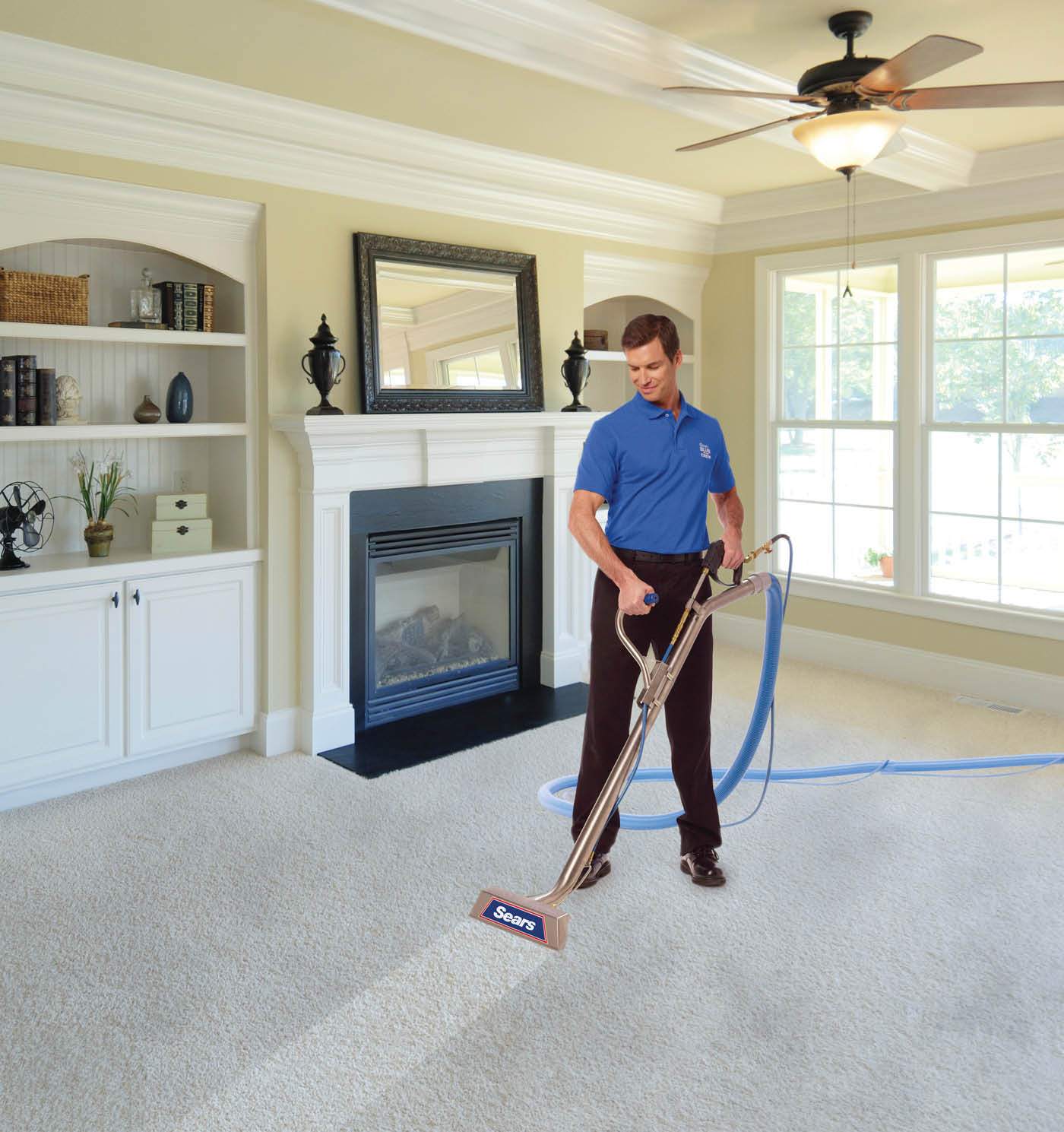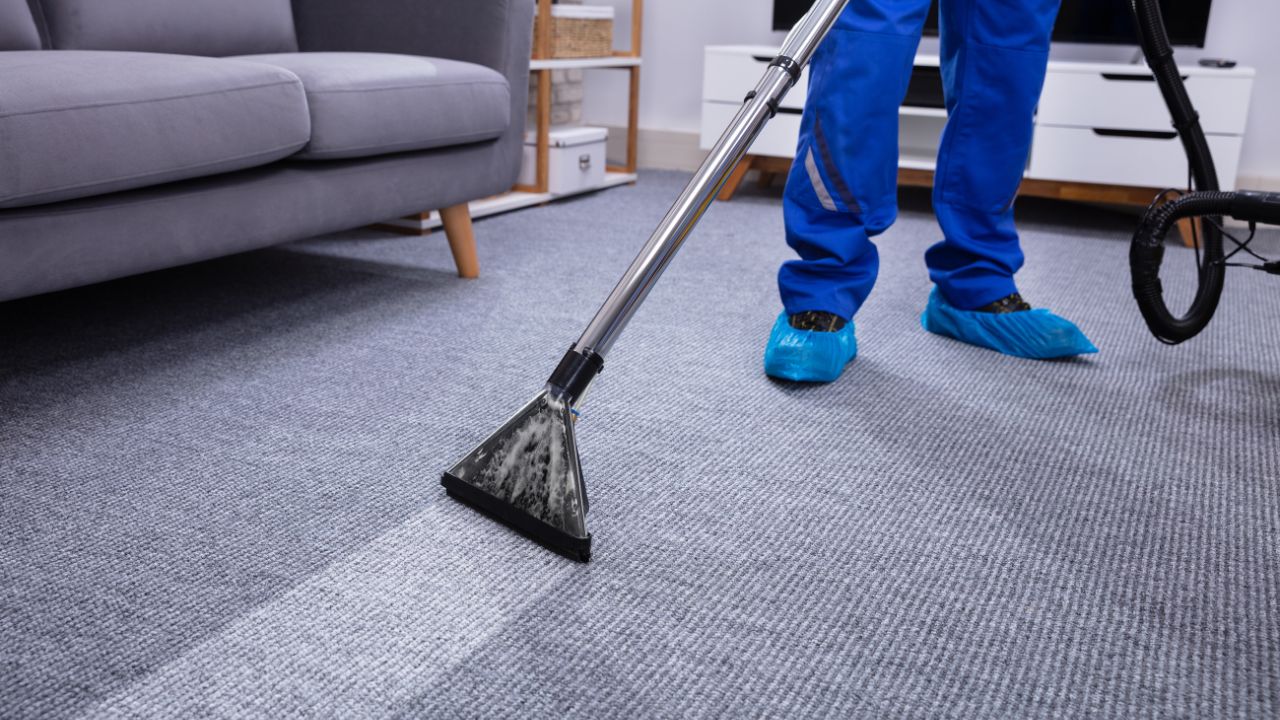
Storefront vs Curtainwall Differences and similarities Because the curtain wall façade carries no structural load beyond its own dead load weight, it can be made of lightweight materials. The wall transfers lateral wind loads upon it to the main building structure through connections at floors or columns of the building. Curtainwalls are designed for low and medium-rise buildings, and are not load-bearing structures, but lightweight façades that are attached to the main structure of the building. They are composed of aluminum and glass frames and are designed to resist wind forces and water infiltration, as well as provide thermal and acoustic insulation. The cost of a curtain wall system can vary greatly depending on the type of system, material selection, and customization options. Generally, curtain wall systems are more expensive than traditional wall systems, but they can provide long-term cost savings through improved energy efficiency and reduced maintenance costs.
Types of Curtain Walls
Contact Us
Clear View Builders
Email: [email protected]
Phone: +19164205862
4913 Rio Linda Blvd
Sacramento, California, United States 95838
Types of Curtain Wall System – its Details, Functions and Advantages
By extending visual lines and opening up sightlines, they make any room feel larger. Storefronts and curtainwalls are two very similar options in terms of construction, featuring the highest quality aluminum and glass. Stick curtain wall systems have a lower shipping cost because they can be adjusted on-site, but they have a higher labor and time cost. This can be used in high-rise buildings, as there is no need for any external supports like scaffolding. There will only be a need for a mini crane or temporary hoist to fix these walls into place. The system will provide the advantages of fast construction and uniform quality of components due to the factory manufacturing process. This type of curtain wall has high shipping charges because the size is large and the best protection must be given during the transportation to the site. This adaptability allows you to customize the look to match your home’s architectural style, whether traditional or modern. Curtain walls make this possible by providing unobstructed views of your surroundings, be it cityscapes or nature. Although the two are very similar in terms of appearance, it’s necessary to know the differences between the two, since budgets, installation spaces, and styles can differ.- The natural texture and color of terracotta panels provide a warm and inviting appearance to buildings, while also offering a sleek and modern design.Rigid insulation is provided in spandrel areas to provide a higher R-value at these locations.Additionally, these systems can be designed to maximize natural light and ventilation, helping to reduce the reliance on artificial lighting and mechanical ventilation systems.To ensure the best outcomes, collaboration between architects, engineers, and manufacturers is essential to design and implement curtain wall systems that meet sustainable goals.The process often involves coordinating with a glazing subcontractor, who can apply a glass receptor system to the members to receive the glazing infill.
Can curtain wall systems be retrofitted to existing buildings?
This approach not only contributes to environmental sustainability but also creates harmonious living spaces that blend nature with modern architecture, promoting a balanced and conscious lifestyle. Such features are crucial for homes with children or in areas prone to natural elements or security concerns. Aluminum storefronts are generally non-load-bearing, easy to install and flexible, and require little maintenance. Standard length is 24 feet but companies like PRL Glass can customize lengths thanks to our in-house aluminum extrusion capabilities, adapting to the specific needs of each project. Smart glass to nanotechnology, explore the benefits & future of these Helpful site cutting-edge technologies. Curtain walls can also be fitted with UV-inhibiting film to protect spaces and materials from degradation due to ultraviolet radiation. In this article, we will explore the different types of curtain wall systems, from the traditional to the contemporary designs, and understand their features and installation processes. Curtain walls are normally used in high-rise buildings, commercial properties, as well as modern residential buildings. These are normally made from lightweight materials like metal, glass, or aluminium. Curtain walls can be used for multiple floors and improve the exterior appearance of the buildings. Even if they have a delicate appearance, certain walls are durable and provide protection against external weather elements. All PRL curtainwalls are constructed with advanced insulating glass units (IGU’s), which provide better thermal performance compared to storefront systems and offer better weatherproofing. 